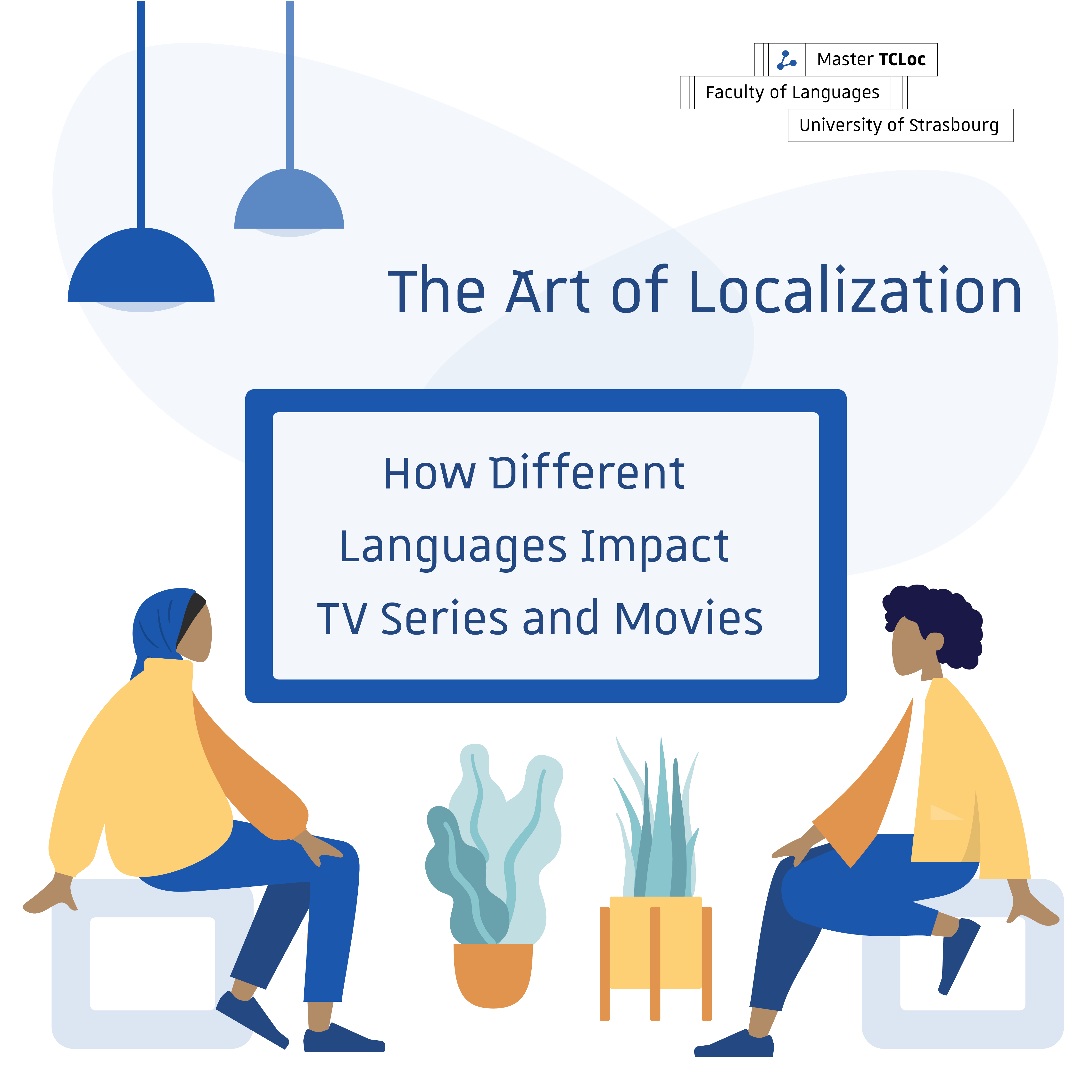Did you ever wonder if Jaskier from The Witcher series had the same name in different languages? Or how accents are represented in different languages? Only a few people know that cultural and language differences impact TV series and movies, and that localization affects our daily life in unexpected ways. Let’s look at some examples.
Cultural differences – different names
In the Polish original, Jaskier’s name translates to Buttercup, the German Rittersporn to Delphinium and the English books talk about Dandelion, but the English TV Series uses Jaskier again. It’s obvious that the different languages and media opted for a well-known little flower with outstanding yellow petals. But why not keep the translation of the original name?
The German translation of the plant Jaskier (Hahnenfuß) evokes a rooster – which might lead to false assumptions about the bard’s singing skills. So, it’s quite convenient that there is a flower (Rittersporn) with the same colors that is common and whose name includes the word ‘knight’ (Ritter). But in contrast to the German localization experts, Lauren Hissrich, the television producer responsible for the American series, didn’t keep the books’ choice. In an interview with Comicbook.com she even stated: “Dandelion […], how would I get that?”
This statement leaves the impression that the English book name wouldn’t be understood or accepted by English speaking viewers compared to German and Polish audiences. Localization experts handled the translated name in different ways, adapting to the cultural differences while respecting language specifications as well.
Accents in different languages
Remember, localization experts and translators do not always have to be bilingual, but they (must) have a high level of expertise for both cultures in order to know how to bridge any potential discrepancy of meaning created by language differences. The last example bears witness to this expertise of localization professionals in different languages: how do you translate and localize an accent while making it sound natural to the target audience? Like other children’s animated movies, Beauty and the Beast’s Lumière was the object of localization. But why?
In the case of Lumière, the French chandelier in Disney’s Beauty and the Beast, the English and the German versions of the movie simply gave him a French accent. In the French version, naturally all of the characters speak French, so how was Lumière’s accent supposed to stand out?
The localization department opted for a kind of old French accent that is reminiscent of an Italian accent in French. Lumière’s way of pronouncing the consonant [r] as the [r] latine marks him as somebody of a different era, as the [r] latine was used until the 17th or 18th century. This trick did not only match the story timeline of the movie (a castle that was enchanted in the Renaissance). It also shows the expertise of the localization and translation team in the target language.
As these two examples show, localization is a target audience-based process: culture and language contribute heavily to determine the content of TV series and movies. In return we can learn differences about other cultures from that content, making localization not only a business tool but also a bridge between cultures that we need now, maybe more than ever.
If this article incites further interest in you about the field of localization, check out the TCLoc Master’s Program at the University of Strasbourg!



